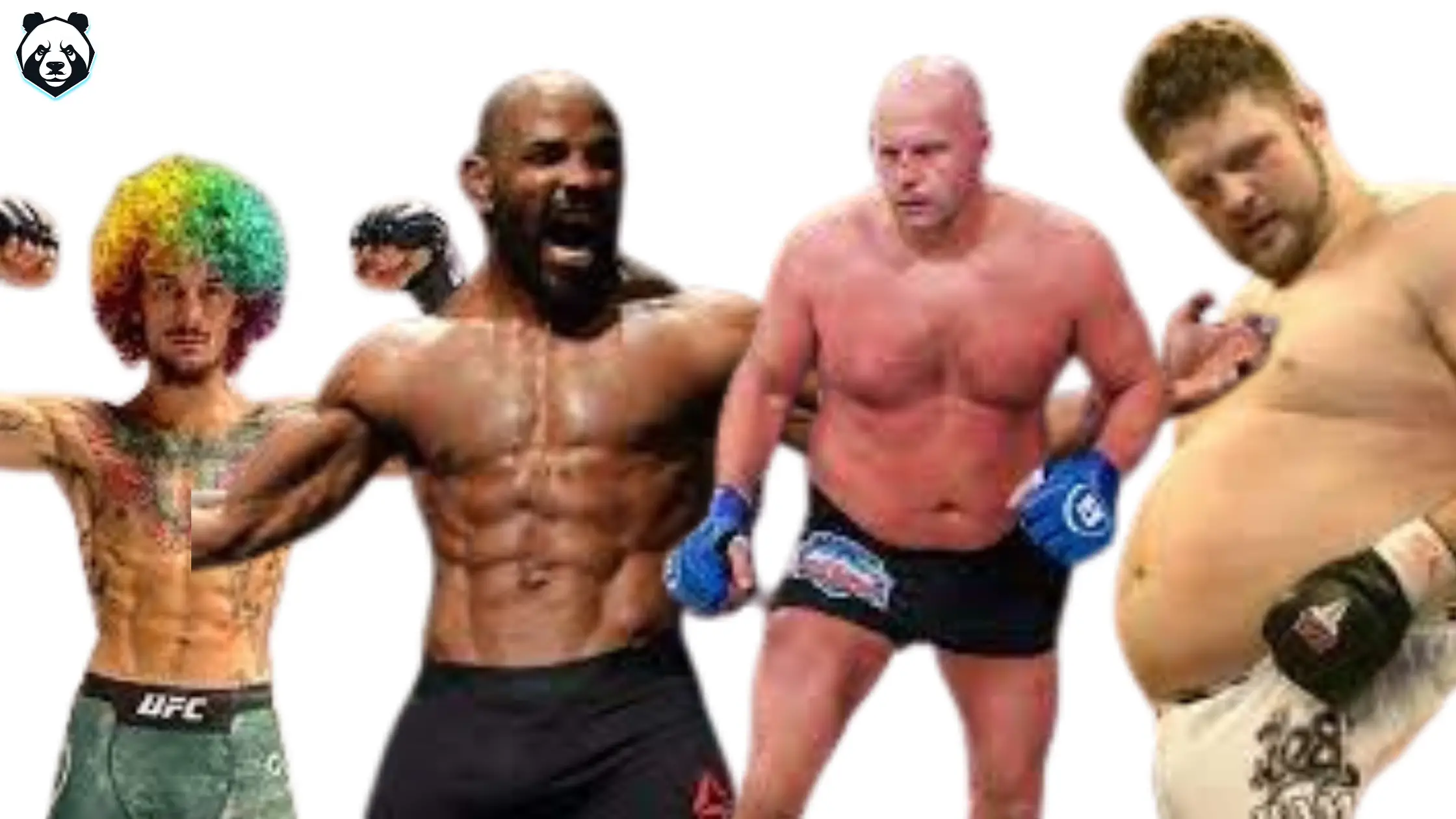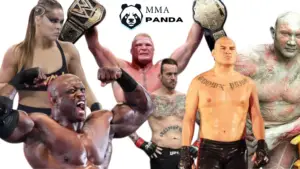From Roy Nelson’s buddha belly rub celebration to Yoel Romero’s muscle march, there has been a wide range of physiques in the world of mixed martial arts (MMA). But when it comes to being successful in the octagon, is there a specific body type that reigns supreme?
Best MMA Physique For Success In The Octagon
Physique differs in many ways for MMA, when compared to other sports. As a multi-faceted sport that combines aspects of striking, grappling, and ground fighting, MMA requires a well-rounded and versatile athlete. However, there are certain physical characteristics that can give an edge in the cage.
Lean muscle mass is essential for success in MMA. Unlike bodybuilding, where large muscles are the goal, MMA fighters need to be lean and agile. This allows for quick movements and easy transitions between striking and grappling techniques. Additionally, carrying excess muscle mass can lead to fatigue, which can be detrimental in a fight that can last up to five rounds.
Having a low body fat percentage is also crucial for MMA success. Besides the aesthetic aspect, having lower levels of body fat allows for better endurance and cardiovascular capacity. In a sport where every second counts, having a lean and efficient body can give an advantage in the later rounds.
This shredded physique is often referred to as the “fighter’s build”. It is characterized by well-defined muscles, visible abs, and a low body fat percentage. Muscle and bone density also play a role in MMA as they provide the necessary strength and durability to withstand powerful strikes and takedowns.
As weight classes are present, reducing any unnecessary body fat can help a fighter make weight with ease and prevent them from being at a disadvantage against their opponent.
Finding the optimal level of muscle mass and body fat percentage is key for each individual fighter, as it can vary depending on their fighting style and weight class.
Mobility and Flexibility
These two elements are often overlooked in the conversation of physical characteristics in MMA. However, they are crucial for success in the cage.
Mobility refers to the ability to move freely and easily without restriction. In MMA, this is essential for executing techniques such as kicks, punches, and takedowns with ease. Without proper mobility, a fighter may struggle to generate power and speed, leaving them vulnerable in a fight.
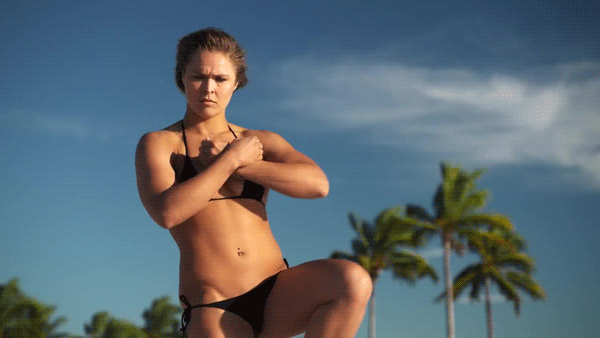
Flexibility is also important as it is needed for striking. For grappling, it is important for lock joints, and submissions as that puts pressure on the muscles and ligaments. Having a full range of motion in these areas can prevent injuries and also allow for a wider variety of techniques to be utilized during a fight.
What Is The Best Body Type For MMA?
The best body type for MMA is one that is well-rounded and versatile. This means having a combination of strength, endurance, agility, and flexibility. Mesomorphs are a common body type among the best MMA fighters, as they tend to have a good balance of muscle and body fat.
But with that being said, when it comes to success in the brutal world of mixed martial arts (MMA), knowing how to use your body type can make all the difference. While there is no “perfect” physique for MMA, knowing the advantages and disadvantages of your body type can help you play to your strengths and minimize your weaknesses in the cage.
Endomorphs
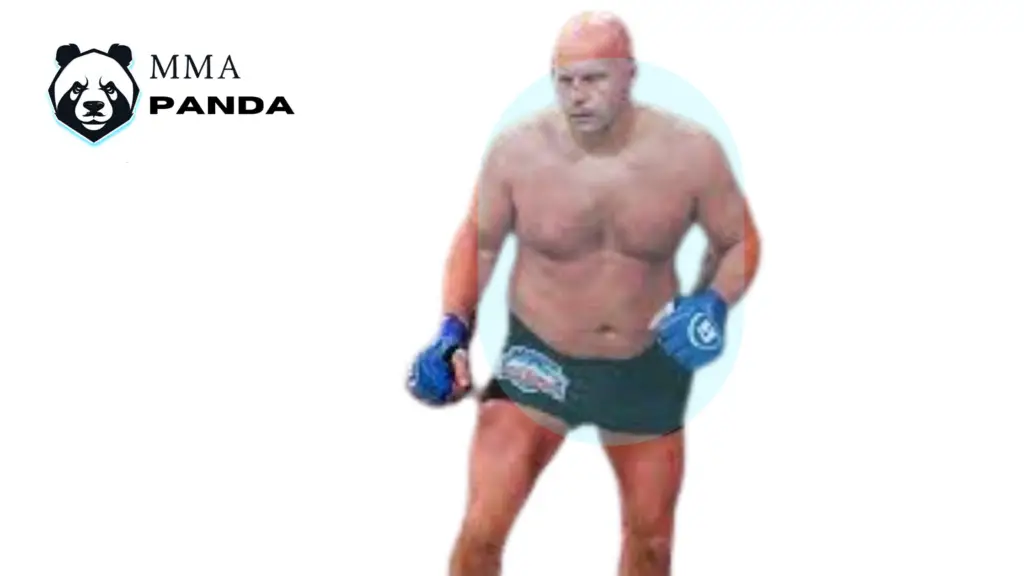
Endomorphs are characterized by a larger and rounder body type, with more muscle mass and a higher percentage of body fat. This can be advantageous in MMA as it provides natural insulation against strikes from opponents and can also contribute to a stronger base for grappling techniques.
Fighters that have this type of body tend to do well in weight classes such as heavyweight and light heavyweight, where size and strength are highly valued. Examples of successful endomorphic fighters include Roy Nelson, Daniel Cormier, Tai Tuivasa, Fedor Emelianenko, and Mark Hunt.
Wide hips and waists supported by larger bones and and a weight distribution tailored toward this mid section including the lower back, hips and thighs support this bodytype.
As such, these fighters have a very stable base to throw their weight around with ease. They also tend to be more resilient when taking strikes from opponents.
With a center of gravity based in the lower body these fighters have powerful legs that can help with take downs and explosiveness needed in quick changes of direction.
The down side to this body type is that it can be harder for these fighters to make the lower weight classes, as losing fat without sacrificing muscle mass can be a challenge.
Endomorphs may also struggle with cardio and endurance, making long fights more difficult. This is because the extra weight and mass that comes with the body type can put added strain on the cardiovascular system.
Ectomorphs
Etomorphs have a slim and lean body type, with lower levels of body fat. While this may seem like a disadvantage in MMA, these fighters often have longer reach and are able to move quickly around the octagon. This can make them elusive opponents, making it difficult for their opponents to land strikes.
The ability to snap into quick movements makes ectomorphs strong in striking and grappling techniques that require speed, such as submissions. Examples of successful ectomorphic fighters include Conor McGregor (featherweight), Sean O’Malley, and Max Holloway.
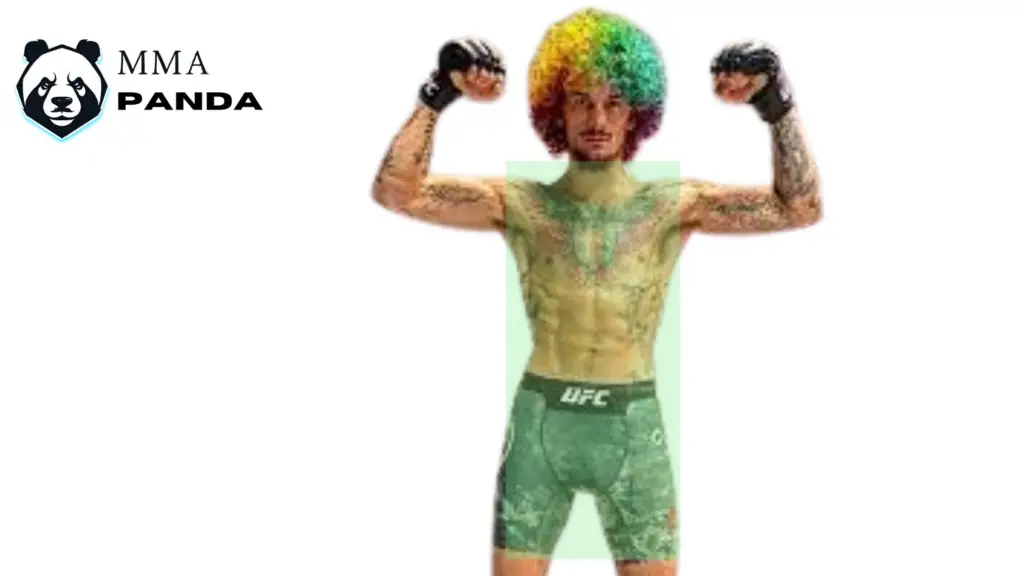
An even shoulder to hip ratio with a box/rectangle frame are what characterizes the ectomorph body type.
Ectomorphs may struggle with gaining muscle mass and strength, making it difficult to compete in weight classes higher than their natural body weight. They also have a lower bone density, which can make them more susceptible to fractures and injuries during fights.
With that being said, the ability to use their footwork and agility to their advantage can make ectomorphs formidable opponents in the octagon. When paired with proper timing and precision, their quick movements can lead to devastating strikes and submissions.
Mesomorphs
Mesomorphs fall somewhere in between endomorphs and ectomorphs, with a more muscular and athletic build. This body type is often seen as the ideal physique for MMA as it combines the best of both worlds – strength and speed.
Mesomorphs also tend to have a lower body fat percentage, making them more agile and explosive in their movements. Their broader shoulders and thin waist creates a triangular frame.
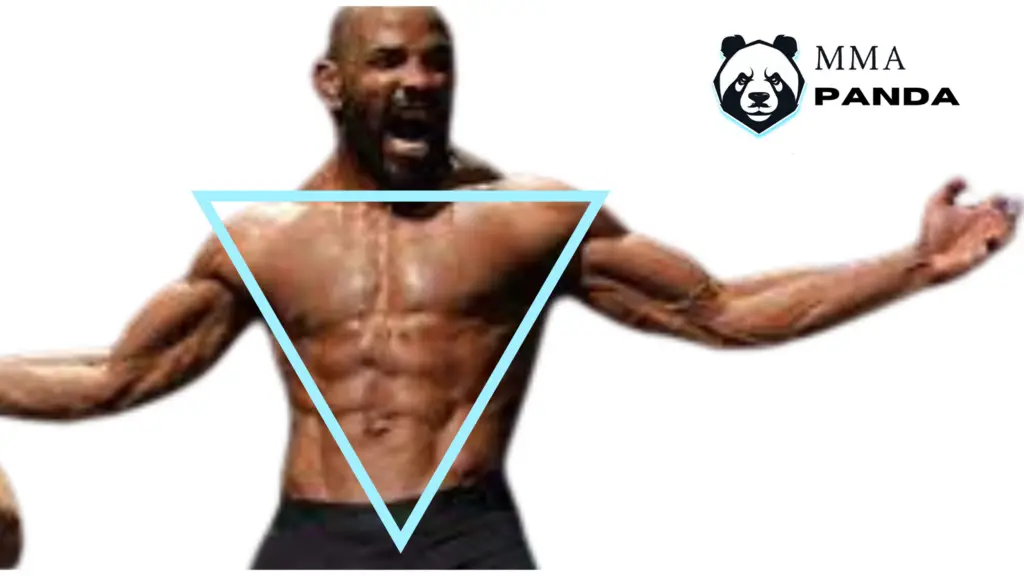
Some notable mesomorphic fighters in MMA include Georges St-Pierre, Jon Jones, and Kamaru Usman. These athletes have the perfect balance of speed and strength, allowing them to dominate their opponents in both striking and grappling.
Yoel Romero, known for his explosive power and athleticism, is also a prime example of a mesomorph in the MMA world.
This may seem like the perfect body type for MMA, but mesomorphs sacrfice some endurance for their explosive power and strength. They may struggle with weight cuts due to their higher muscle mass, making it challenging to compete in lower weight classes.
Additionally, mesomorphs may be more prone to overtraining and injuries if they do not properly manage their intense training regimen. Getting to this optimal physique also requires a lot of hard work and dedication, which may not be attainable for everyone.
Can You Change Your Body Type?
Although it may be difficult to modify your body type as bone structure plays a significant role, it is still possible to adapt your body to morph into the best version of itself for MMA. This can be achieved through proper nutrition, specific training techniques, and consistent exercise.
Regardless of your body type, being disciplined in your training and nutrition habits can make a significant impact on your MMA career. With determination and perseverance, anyone can improve their physical abilities and excel in the sport.
Jon Jones moving up to heavyweight from light heavyweight and successfully winning the title is a testament to this possibility. Conor Mcgregor bulking up from featherweight to lightweight for a few fights and still performing well also shows the adaptability of body types in MMA.
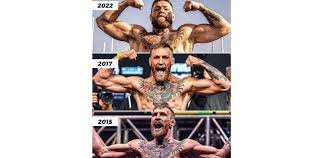
So, while your body type may not be something you can change completely, it is definitely possible to make strategic adjustments and improvements to enhance your performance in MMA.
Importance of Body Composition in MMA
While body type can play a role in an MMA fighter’s success, it is not the only determining factor. Body composition, which refers to the ratio of muscle to fat in the body, also plays a significant role in performance.
Having a lower body fat percentage can give fighters an advantage as it allows for improved speed, agility, and endurance. Achieving an optimal body composition for MMA requires a combination of proper nutrition, training techniques, and consistent exercise.
Carrying around excess body fat can also negatively affect a fighter’s mobility and make it more challenging to maintain weight for weigh-ins. This is why many fighters implement specific weight-cutting techniques before fights to ensure they are at their optimal performance level.
Having too little muscle can also be detrimental in MMA as it can result in decreased strength and power. If all else is equal, the weaker fighter will often be at a disadvantage in the cage. This is often true when it comes to the grappling aspects of the sport.
What Is The Best Height For MMA?
In terms of height, taller fighters may have an advantage in striking exchanges as they can generate more power and force from a longer reach. Gravity also plays a role, as punching up from a lower position requires more energy and effort compared to punching down from a higher position.
Head kicks are also easier if the fighter has a significant height advantage. Although, the height might make their bodies more vulnerable too strikes.
Shorter fighters may also have an advantage in grappling exchanges as they can typically generate more leverage and torque from a lower center of gravity.
Triangles may be easier to lock in and sweeps may be easier to execute for taller fighters with longer legs, while shorter fighters may have an easier time with takedowns and maintaining control on the ground.
These advantages are not definitive and can vary greatly depending on individual skill level, technique, and strategy.
What Is The Best Reach For MMA?
Reach enables strikers to hit their opponents from a greater distance and also gives them an advantage in grappling situations such as clinching. It is often said that the longer reach a fighter has, the better advantage they will have in striking exchanges.
When it comes to boxing, it’s simply understood that the longer reach one has, the better. In MMA, it’s a bit more complicated as grappling and clinching also play a significant role in fights.
In this case, armbars are more easily executed on opponents with longer reach. It all depends on the fighter’s style and how they use their reach to their advantage.
Final Thoughts
There has been champions and highly successful fighters in MMA with all different body types and reach lengths. Ultimately, it is not the length of one’s reach that determines their success but rather how they use it to their advantage.
In MMA, versatility and adaptability are key. A fighter who can effectively mix up striking, grappling, and clinching techniques will have a better chance at success regardless of their reach length. It is important for fighters to focus on developing a well-rounded skill set rather than solely relying on their physical attributes.
At the end of the day, it is not just about having a long reach or being tall, but about understanding how to use one’s body and leverage to their advantage in the dynamic and ever-changing environment of MMA.
Every fighter will have their own unique advantages and disadvantages, but it is how they utilize them that truly matters in the end. So, while reach may play a role in MMA, it is just one piece of the puzzle in achieving success in the sport.
So, although the ‘tale of the tape’ can help provide some insight into a fighter’s physical attributes, it is important not to rely on it too heavily. MMA is an unpredictable and constantly evolving sport where anything can happen. The best fighters are the ones who can adapt and overcome challenges, regardless of their reach length or the opponent’s physique or lack there of.

